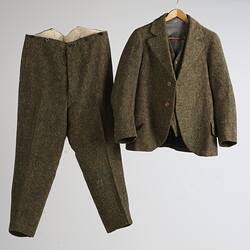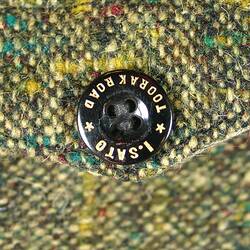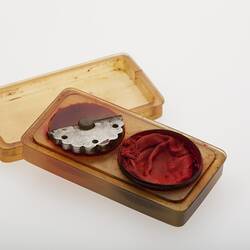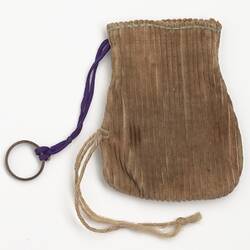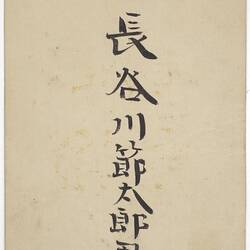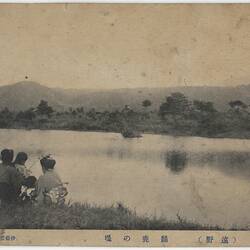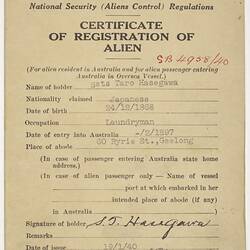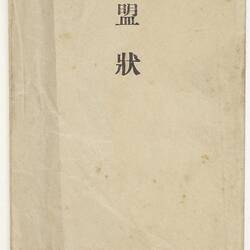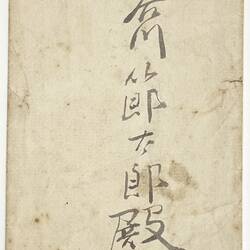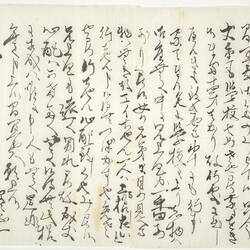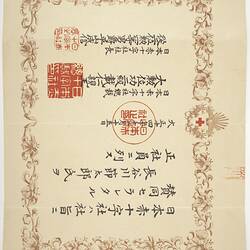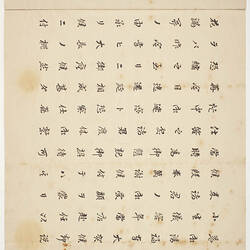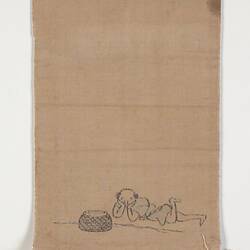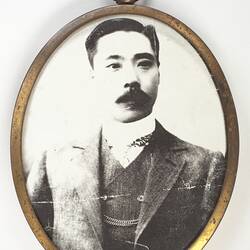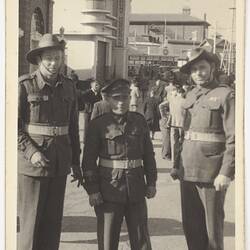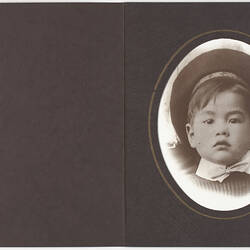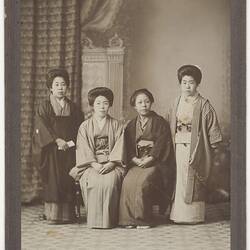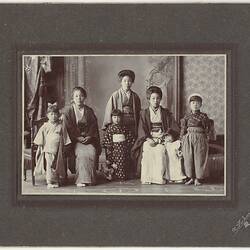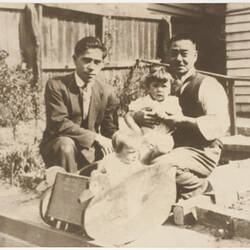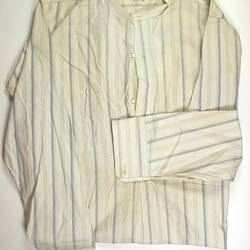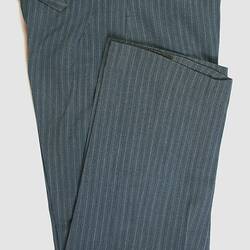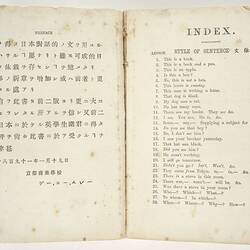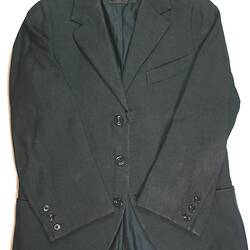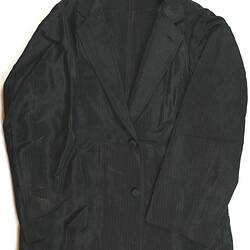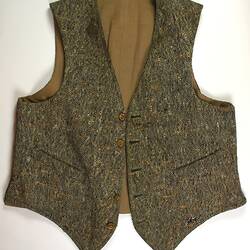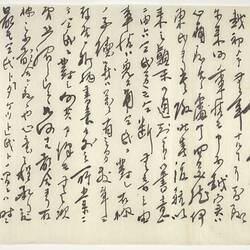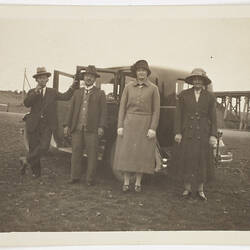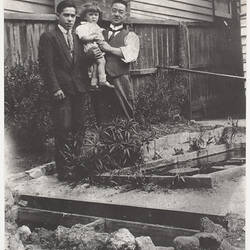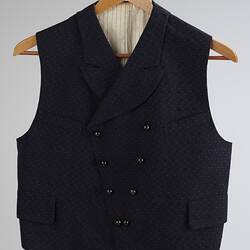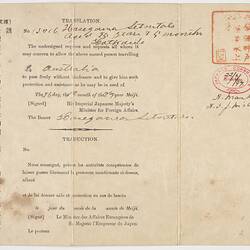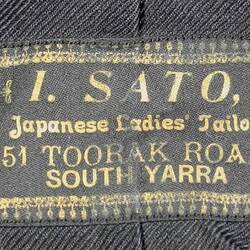Summary
Brown tweed trousers made by Ichizo Sato, a Japanese tailor in South Yarra, Melbourne, circa 1910 and worn by Japanese immigrant Setsutaro Hasegawa.
Setsutaro took great care in his appearance and he purchased his suits from his friend Ichizo Sato, a fellow migrant from Japan who had arrived in Melbourne in 1901. Ichizo eventually set up his tailoring business in Toorak Road, South Yarra. Many photographs of Setsutaro show him wearing a Sato suit.
Setsutaro migrated to Australia from Japan in 1897 at the age of 26, just four years before the introduction of the Immigration Restriction Act which severely limited migration to Australia from countries in Asia. He established a laundry business in Geelong and by 1911 he had married an Australian-born woman and had three children.
In 1941 Setsutaro was arrested as an enemy alien and sent to Tatura internment camp in northern Victoria. Released early in 1943 due to his age and poor health, unlike most Japanese interns he was not deported to Japan after the War. Setsutaro remained in Geelong for the rest of his life and died in 1952.
Ichizo Sato was arrested and interned in 1942; one of the few possessions he had with him was his tape measure. Although he had arrived in 1901, been married for over 20 years to Eva Elizabeth Chue, an Australian of Chinese heritage, he was deported to Japan in 1946.
Physical Description
Brown woollen tweed trousers with two front pockets and one back pocket with a black button close. The fly closes with six black buttons and there are four buttons on the front waistline and two buttons on the back waistline to attach braces. These trousers have a brown tweed adjuster on the back, which is fastened with a black and brown metal buckle. The waistline, gusset and pockets are lined with white calico.
Significance
The Hasegawa collection enables the exploration of a number of important historical themes relating to migration, working life, and wartime internment in Victoria. Late nineteenth century and early to mid twentieth century Japanese migration and settlement experiences are little represented in the museum's collections and this collection of clothing, documents, personal items and photographs helps to redress.
More Information
-
Collecting Areas
-
Acquisition Information
Donation from Andrew Hasegawa, 08 Oct 2009
-
Maker
I. Sato Tailor, 97 Toorak Road, South Yarra, Greater Melbourne, Victoria, Australia, 1910
-
User
-
Inscriptions
All black buttons on trousers are labelled with the tailor's details: 'I. Sato * Toorak Rd*'.
-
Classification
-
Category
-
Discipline
-
Type of item
-
Overall Dimensions
1730 mm (Height)
Height (collar of jacket to foot of trousers).
-
Overall Dimensions
450 mm (Width), 1040 mm (Height)
Trousers A - height (waist to foot); width (waist to waist)
-
Keywords
Clothing, Clothing Trade, Internment Camps, Japanese Communities, Japanese Immigration, Tailoring, Trousers, White Australia Policy, World War II, 1939-1945


